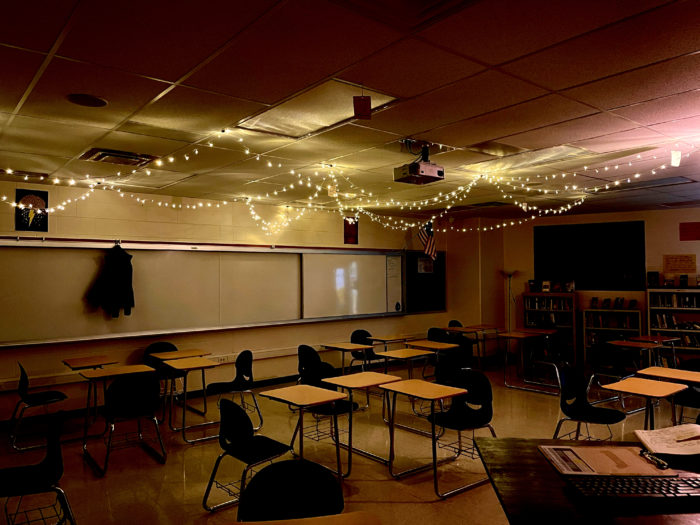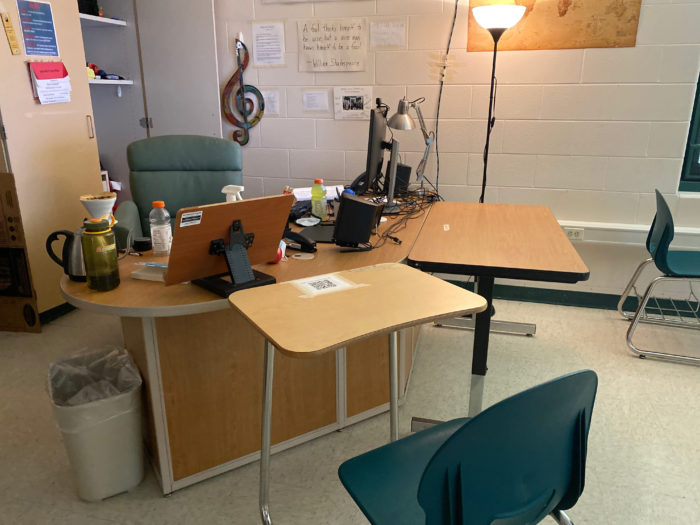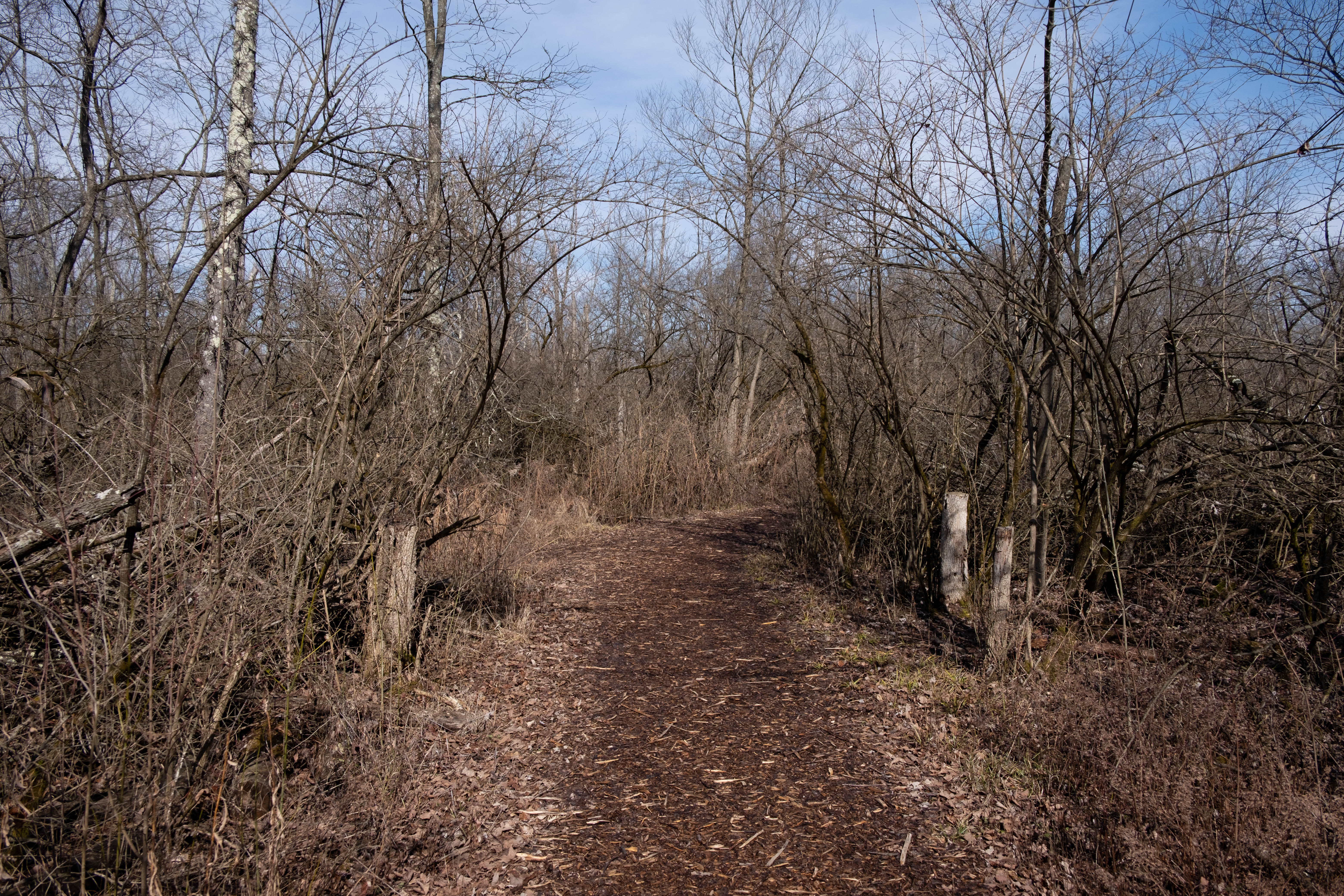The Industrial Nopes

One of the reasons I became a teacher–and I know this is not what I should be saying–was so that I wouldn’t have to work in a cubicle.
It was at the beginning of my teenagedom that I had suspected that the cubicle environment would not be my bag. I don’t remember what movie or TV show or book got me into dreading life in a cubicle, but it became a reality when my father and friend’s father–both who worked at the same company–negotiated an internship for their kids at a subsidiary company.
The cubicles at this office, as you’d expect, were all sorts of colors on the white spectrum. Some verging on grey or yellow. And the phonic atmosphere was rife with shrill telephones, the clacking of keys, the ramping up of the copier, the different volumed quality of voices, as if no one could figure out if they were to speak as if in a library or in a lunch room.
Every morning, I would dress up in nice clothes, knowing that the clothes, just as the installation of the cubicle, functioned as temporary drapery that hid the fact that where we worked was just a boring and empty room housed with temporary-looking stuff that we were to think was a hallowed company. At least, this is what my very imperfect teenage senses dwelled on.
We didn’t really do any sort of meaningful work, which might be a common thing for interns derived from nepotism. But what work we had, we finished with care and speed. When we finished our first project, we turned it in and waited for the next thing. We soon learned that if we finished something, it would be days before we got something else.
So we hacked our company-issued laptops to play games.
This interest lasted a couple of days of our downtime. For, on a lunch break, we found an arcade.
The one thing I now remember is that sitting in a cubicle with no work to do wasn’t great.
I left that place with a little taste of the inner-workings of corporations. This would be paired with other internships and then college happened. Lots of college. I eventually chose teaching as a profession. My subject area, language arts, and my activist nature called to me first. Then I realized I could keep the summers off. Then I realized I could make each day different. I could get lost in the world of ideas, just like I always have, but this time bring my students along.
The School; the Office

Well, the one thing I didn’t realize was–and this is a major rookie and privileged-upbringing mistake–that just like companies with their cubicles, schools were also in the business of saving money.
Perhaps it was college, with its quaint atmosphere of old and new–the new buildings merging into the atmosphere of the old–that had made me thinking that academia would always be this way. Much like how Catholic churches sacrificed some of their funds to pay homage to the beauty that humans can make. I was somehow instilled with the idea that we were automatically driven by our age-long rival with nature, to build and increase the beauty of the land. Brutalism as a design choice did not compute.
Free time isn’t very much prized in a high school setting. Free time is more associated with elementary school children blowing off built-up steam that originates from a child’s confrontation with the unnatural act of sitting relatively still all day.
But if you look at high school, compared with the days of many office workers, it is perhaps a harder day than you’d expect for young humans that are now just learning the world.
One of the major differences is that you must be on all the time. Each bell demands multiple forms of attentive focus, reaction, and creation.
For students, there is more space to let go of focus for short breaks. But learning itself is one of the most brain-worthy and important tasks. And the philosophy of American high school schedules seems to decree in this setting, “No breaks needed; you are almost an adult now.”
When I started as a teacher, I didn’t think about breaks. I thought about maximizing teaching. Breaks were antithetical to our learning.
As the years went on, that wonderful but potentially insidious form of idealism started waning. I realized that no one could be “on” all the time in the schedule of a school day. Not even people who I had admired for their work, whether it be art, engineering, politics, writing, or inventing, could keep a day together without breaks.
I myself was very much not on all the time as a student. I remember hours of energy coursing through my body as I tried to sit still and pay attention, my attention wavering starting at mid-day, me crushing myself for always losing the battle.
(Though, I must say that my grad school program did space for learning really well. Shout out to Ohio Writing Project!)
The Walk

The first place that ever gave me the idea of what I will call the “recuperating walk” was Mason Currey’s book, Daily Rituals. In it, Currey details the idiosyncratic routines of notable artists.
When I read it seven years ago, I didn’t think I needed the walk. I was a runner and a lifter, and that, I thought, would be enough exertion.
Time did its thing, and in those seven years, I became a rock climber and a hiker. I started realizing that the outdoors held something intangibly positive for my human frame. You could get lost there.
My robot, Henry-Ford-laser-focus on doing the work and only doing the work started wavering.
And so the pandemic hit, and one of the things I began doing while working from home was to take walks. To break up the monotony of being inside. It helped immensely.
That summer, my school decided to offer in-person and virtual teaching. I chose in-person and masks became a daily piece of clothing. It was stifling, I’m sure, for everybody. Being hemmed in by our routines and our safety practiced. Our faces being hemmed in most noticeably.
When students left the room, we all shut our doors, unmasking as soon as we felt the door hit the jamb. We were constantly trying to feel normal in whatever moment or amount of time we could.
Those pandemic walks I took, I kept those going in the morning before school. They were a way to process things. Get ready for the day. Create momentum. Because although I still exercised after school, I knew that my energy bar would reach low levels by midday, mirroring, in a way, my teenage years.
One day, far into the 1st semester of in-person teaching, we had a professional day. I felt restless that day. I texted colleagues to see if anyone wanted to walk outside. That’s when I found happened upon a small group of teachers who ate lunch early and walked around the park next to our school during their lunch period.
I took one loop around the lake with the walking group and was hooked.
From then on, my lunch was more like my brunch. Masked, it was hard to find time to eat, but I found time in my plan bells or in the bells between classes, sequestering myself in a small room in the intermediary of my classroom and my neighbor’s.
Though I walked alone–my walking group had a different lunch–it was refreshing. The thing I needed, just the simplicity of getting out and moving my legs, inhabiting an altogether different place than the industrial block walls and linoleum floors of my classroom.
I think back to all of those creators in Currey’s book that took restorative walks–Darwin, Schopenhauer, Beethoven, Dickens, and Sacks–and I feel the rightness of taking time out of my largely not-so-physically-strenuous day to move, even if it is modestly adding to an already daily exercise habit and a morning walk.
I know that in America we don’t really believe in the positive aspects of leisure, even though our society sports some of the most lucrative leisure forms in the world, but I tell ya, the factory model for any sort of workplace is for the robots.
If a walk restores adults, imagine what it would do to our clientele, those with a biological intensity of energy.
But for that, we need to loosen things up. Change models.
It’s not imperative; not make or break. But I tell you, I feel a ton better.